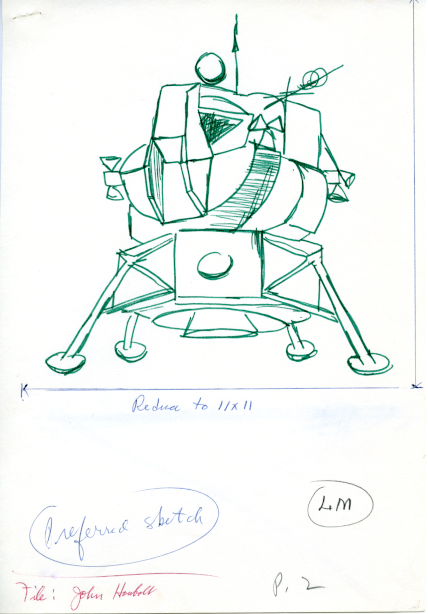Originally chartered as the Illinois Industrial University in 1867, the University of Illinois at Urbana-Champaign (UIUC) has a long history as a land-grant institution dedicated to education and innovation in the natural and applied sciences. Indeed, three of its four initial colleges focused specifically on science or technical education. To name just a few of the University of Illinois’s scientific and technological innovations and contributions to society, the university has been a pioneer in the history of early computing and computer-assisted instruction, electronic music, particle physics, domestic science education, sound on film, cybernetics, the discovery of the “third domain of life” (Archaea), superconductors, and the longest-running continuous experimental agricultural field in the Americas. In addition, UIUC has a long history of stewarding archives and records that document the history of its land-grant mission and scientific and technological innovations as well as material culture, manuscripts, and rare books that engage the public in our collective cultural and scientific heritage. These materials are held by several cultural heritage institutions at UIUC—the University of Illinois Archives, Rare Book and Manuscript Library, Illinois History and Lincoln Collections, and Spurlock Museum of World Cultures—which strive to promote their holdings to a broad array of researchers interested in the history of science and technology.
Specialty
Research university; history of science collections with strengths in agricultural science and technology, computing, microbiology, and physics
Collections
Since its establishment in 1963, the University of Illinois Archives has actively acquired and preserved scientific and technological records and faculty papers that capture the university’s history of science and technology, and the people who have been at the center of that history. The materials include the record of laboratories and research centers and the personal and research papers of faculty and alumni including Isabel Bevier, a leader in the domestic science movement; Heinz von Foerster, cybernetician and director of the Biological Computer Laboratory; Carl R. Woese, microbiologist who discovered Archaea; John Bardeen, two-time Nobel Laureate in Physics; George Fell, alumnus and land conservation movement advocate; and Virginia Bartow, chemistry professor and advocate for women in chemistry. The Archives seeks to make these materials broadly accessible and promote an inclusive and diverse record of science.
The Rare Book and Manuscript Library (RBML) holds major collections—more than 7,000 volumes—in the fields of ornithology, geology, engineering, computer science, volcanology, chemistry, knowledge organization, entomology, and agricultural science. These works were predominantly published before 1800, but in some cases include materials published up until World War II. Collection highlights include Audubon’s Birds of America; works by Catesby and Lear; early editions of Copernicus’s De Revolutionibus (1566); Galileo’s Isotria e dimostrazioni intorno alle macchie solari e loro accidenti (1613), Hooke’s Micrografia (1665), and Cuvier’s Recherches sur les ossemens fossils (1812). The RBML’s history of medicine collection includes manuscripts, printed books, and ephemeral publications regarding the human body and its health. Related materials in the history of science collections include herbals and botanical volumes which list the medicinal usages of various plants. Notable works include early printed editions of Vesalius, Galen, and other classical authors; early and Enlightenment-era manuals on midwifery and physiology, including books linking the study of astrology to physical health; and twentieth century studies and bibliographies.
The Illinois History and Lincoln Collections holds archival materials that document the work of scientists in various fields and well as the lived experience and impact of technology, science, and medicine within the state of Illinois and the surrounding region. Collections include the papers of scientists in fields such as geology, botany, and ecology; personal and business papers of doctors who served Illinois communities, in the military, or across the world; as well as personal and family papers that document aspects of the impacts from railroad construction, agricultural innovations, and other technological and scientific developments, especially in the nineteenth and early twentieth centuries.
The Spurlock Museum of World Cultures has collections that include over 5,000 science and technology-related objects created by people from around the world and throughout history. The collection includes several significant data processing equipment, such as Chancay Quipu of Peru and the first computer built and owned by an academic institution. The Museum also features the early transistor inventions of physicist John Bardeen. Medical tools and equipment include ancient Egyptian surgical probes, a World War I first aid kit, Merovingian medical tools from France, reproductions of ancient Roman medical tools from Europe, a Thai singing bowl, and traditional Chinese medicines, as well as optical equipment including World War I field glasses, microscopes, opera glasses, snow goggles from Alaska, and diving goggles from Lamotrek. Additionally, the Museum holds a wide variety of weights and measures from around the world, including a large collection of gold weights, spoons, and scales from West Africa. Locks, keys, sundials, and compasses from around the world are also among the collections.
URLs
UIUC Library
University of Illinois Archives
Rare Book and Manuscript Library
Illinois History and Lincoln Collections
Spurlock Museum
